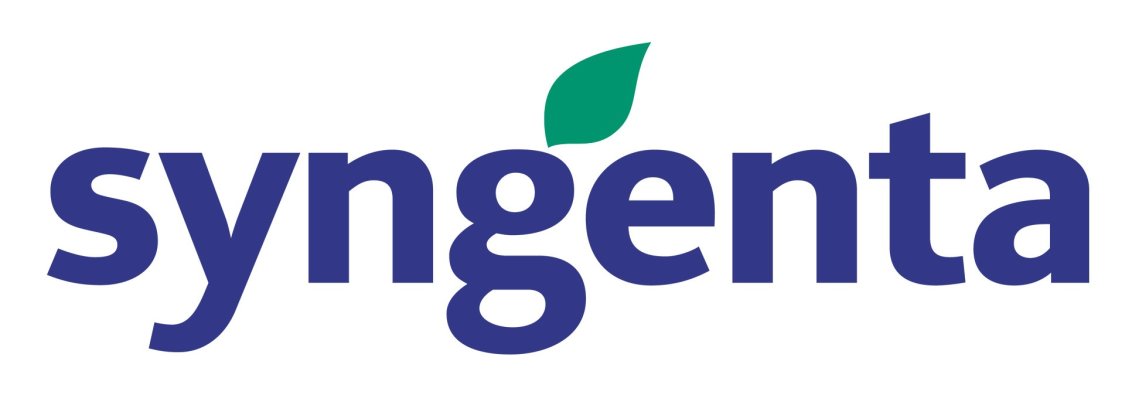
Agricultural News
Atrazine Benefits U.S. Consumers by up to $4.8 Billion Annually
Wed, 09 Nov 2011 16:03:11 CST
 U.S. consumers and society benefit from atrazine and other triazine herbicides by up to $4.8 billion per year, due to increased yield as well as decreased producer costs and reduced soil erosion, according to new studies released today in Kansas City.
U.S. consumers and society benefit from atrazine and other triazine herbicides by up to $4.8 billion per year, due to increased yield as well as decreased producer costs and reduced soil erosion, according to new studies released today in Kansas City.
In addition, the U.S. economy benefits from atrazine and other triazine herbicides by as much as $22 billion over a five-year period.
Benefits to farmers and consumers from the triazine herbicides include increased corn, sorghum and sugar cane crop yields, lower weed-control costs, significantly reduced soil erosion and less carbon released into the atmosphere. Atrazine and the triazine herbicides account for as many as 48,000 American jobs in corn production alone.
The findings shared during a webcast news conference hosted by AgriTalk Radio demonstrate triazine benefits to food production, environmental protection and U.S. job creation.
Atrazine and the other triazines have played a major role in U.S. agriculture for more than 50 years, serving as the foundation of corn, sorghum, and sugar cane weed-control systems, according to David C. Bridges, Ph.D., who announced the findings.
"It's hard to overestimate the importance of atrazine and the triazine herbicides to U.S. agriculture and global food supplies. They benefit food production, the environment and the economy and that means jobs," said David C. Bridges, Ph.D., president, Abraham Baldwin Agricultural College, University of Georgia. "Some say there are ready replacements. In fact, there is no substitute for atrazine."
The studies' key findings include:
-Over five years, the triazines provide between an $18 billion and $22 billion benefit to the U.S. economy.
-Atrazine increases U.S. corn output by 600 million bushels per year.
-The triazines prevent up to 85 million metric tons of soil erosion per year enough to fill more than 3 million dump trucks.
-Atrazine and the other triazine herbicides help reduce emissions by up to 280,000 metric tons of CO2 per year.
Growers are using atrazine to control new herbicide-resistant weeds.
The event highlighted white papers by five renowned experts:
-David Bridges, Ph.D., author, "A biological analysis of the use and benefits of chloro-s-triazine herbicides in U.S. corn and sorghum production"
-Paul D. Mitchell, Ph.D., associate professor, Department of Agricultural and Applied Economics, University of Wisconsin, and author, "Economic assessment of the benefits of chloro-s-triazine herbicides to U.S. corn, sorghum, and sugarcane producers" and "Estimating soil erosion and fuel use changes and their monetary values with AGSIM: a case study for triazine herbicides"
-Micheal D. K. Owen, Ph.D., professor of agronomy and associate chair, Agronomy Department, Iowa State University, and author, "The importance of atrazine in the integrated management of herbicide-resistance weeds"
-Richard S. Fawcett, Ph.D., president of Fawcett Consulting and former professor of agronomy, Iowa State University, and author, "Efficacy of best management practices for reducing runoff of chloro-s-triazine herbicides to surface water: a review"
-Economist Don L. Coursey, Ph.D., Ameritech professor of public policy studies, Harris School, The University of Chicago, and author of the earlier released "Illinois Without Atrazine, Who Pays?" and "Jobs, safety and informed choices"
The findings show atrazine increases U.S. corn production by about 7 additional bushels per acre of production, while U.S. sorghum farmers benefit by more than 13 additional bushels per acre of yield. Those yields help save the U.S. beef, dairy, pork, poultry and egg industries more than $1.4 billion per year. These benefits resonate throughout the entire supply chain, from farmers and food processors to retailers and consumers, Bridges said.
"Weeds are the most critical threat to global food production. Atrazine plays a significant role in managing a broad spectrum of weeds," said Micheal Owen, Ph.D. "Given the rise of herbicide-resistant weeds, the triazine herbicides are more important than ever to U.S. corn, sorghum, and sugar cane farmers."
The studies detail the triazine herbicides' environmental protection benefits. Triazines enable growers to use conservation tillage and other best-management practices, which contribute to a reduction in soil erosion in corn and sorghum.
USDA reports that U.S. cropland soil erosion declined by more than 40 percent between 1982 and 2007. Conservation tillage and related practices have contributed to this result. The triazine herbicides play an integral role in those programs.
In addition, conservation tillage and no-till farming reduce agricultural diesel fuel use by more than 18 million gallons per year and annual carbon-dioxide emissions by more than 180,000 metric tons.
"For many farm families, especially in this struggling economy, atrazine's productivity boost represents the margin between keeping the family farm and home and losing everything," said Don Coursey, Ph.D. "Atrazine's value extends from farms to the small businesses they support and their local communities. Our findings today show that atrazine provides a basis for between 30,000 and 48,000 American jobs in corn production alone," Coursey said.
"There can be no doubt, based on these studies that atrazine is contributing significantly to food production, environmental protection and jobs in the areas of its use," said Paul Mitchell, Ph.D.
The papers can be downloaded here.
Click here for more information about atrazine.
WebReadyTM Powered by WireReady® NSI
Top Agricultural News
More Headlines...




















